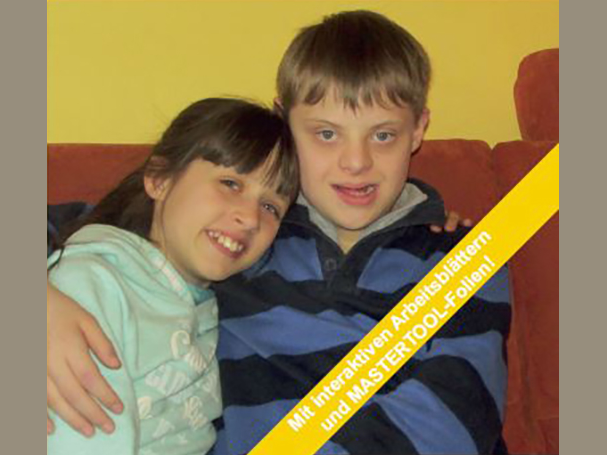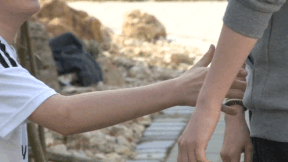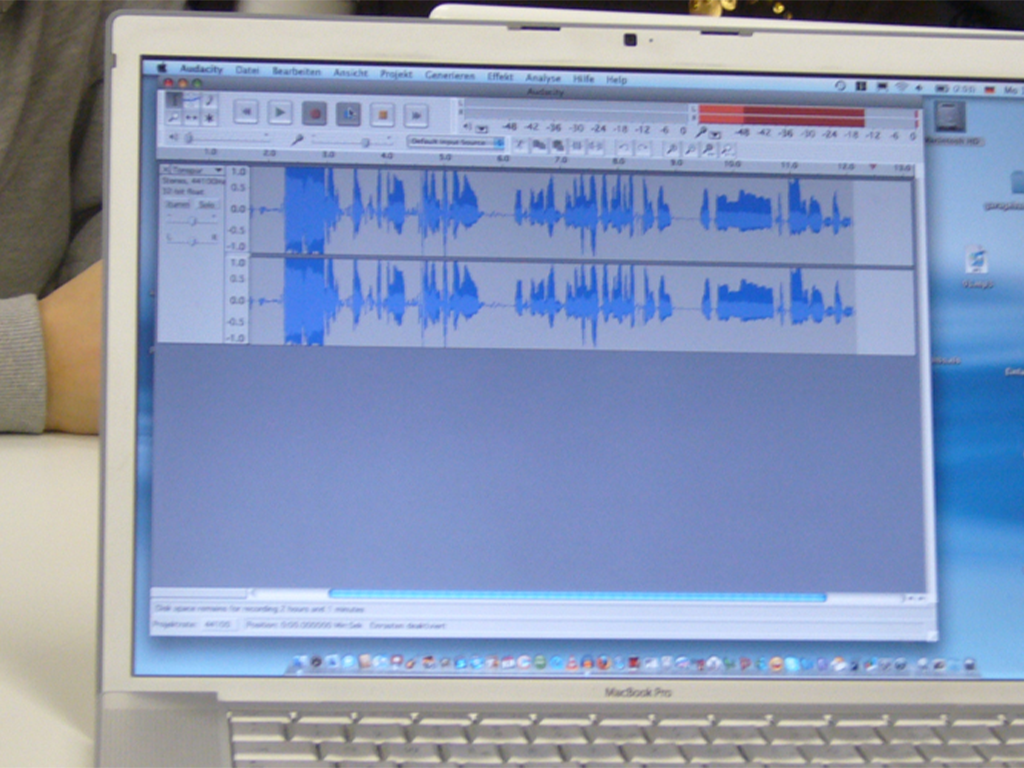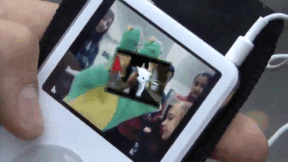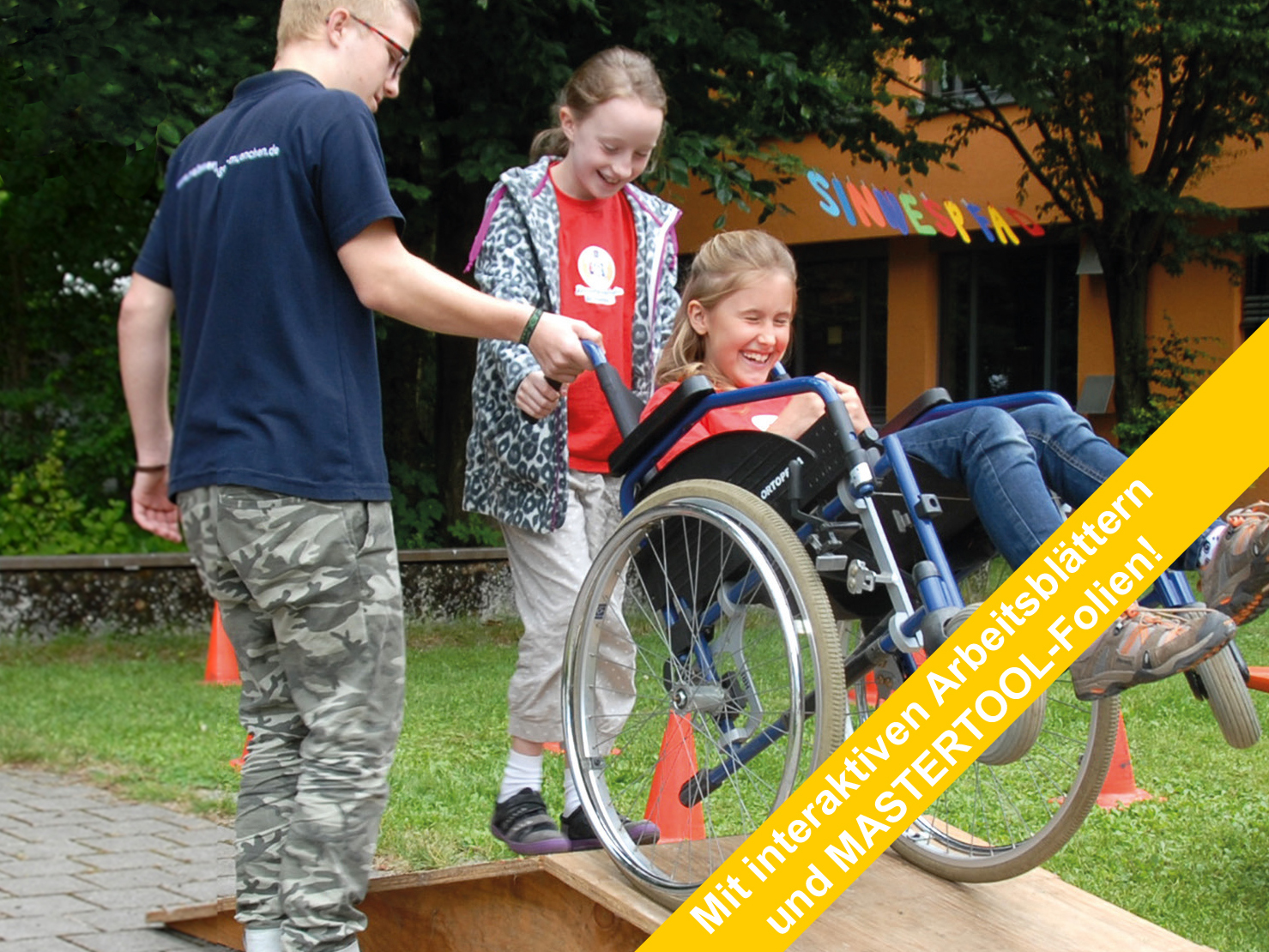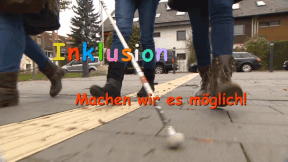 Biology
Biology
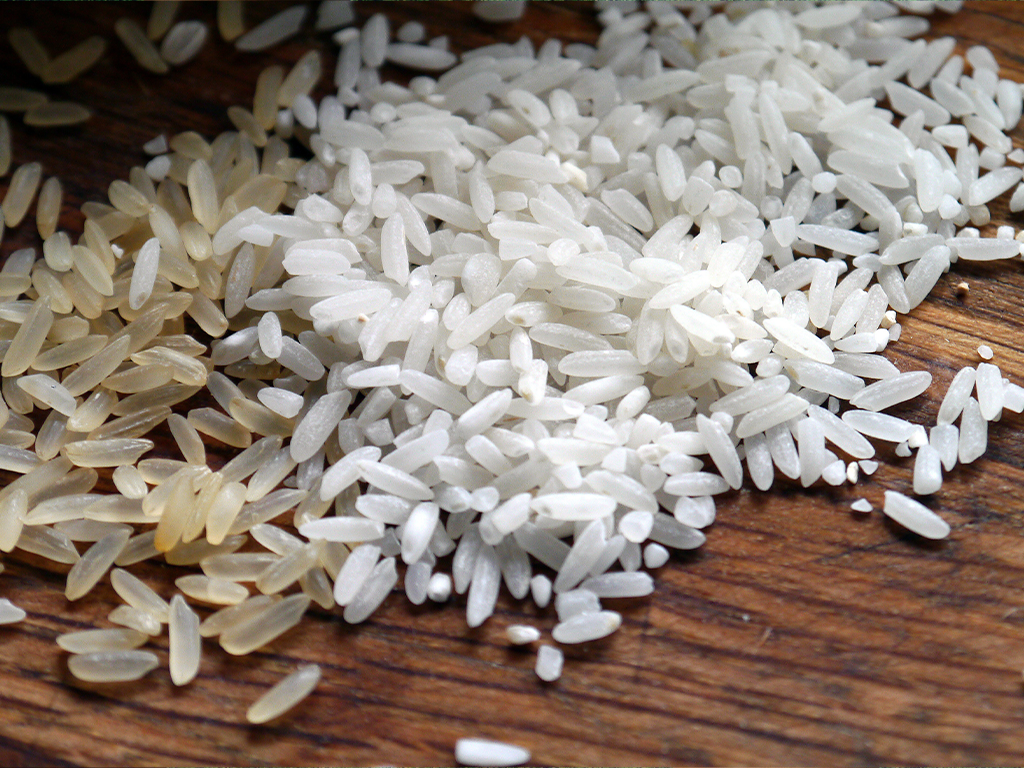
46503517 / 55502991
Reis
Geschichte, Verbreitung, Anbau
Reis gehört zu den am meisten als Nahrungsmittel genutzten Pflanzen auf der Welt. Für einen Großteil der Weltbevölkerung bildet Reis die Nahrungsgrundlage. Der Film stellt den Aufbau der Reispflanze vor und zeigt die unterschiedlichen Methoden des Anbaus, das Trocken- und das Nassverfahren. Man verbindet Reis mit den südostasiatischen Reisterrassen, doch greift dieser Gedanke zu kurz, Reis wird auch in Mitteleuropa angebaut. Ein Reisbauer, der in der Schweiz Reis anbaut, erklärt die Besonderheiten des Trockenanbaus von Reis. In Verbindung mit dem umfangreichen Unterrichtsmaterial (Arbeitsblätter, Interaktive Aufgaben, Testfragen, Glossar) eignet sich der Film hervorragend für die Verwendung im Unterricht. Interaktive Aufgaben, Testfragen und Glossar wurden mit H5P erstellt und können ohne weitere Software verwendet werden.
Play trailer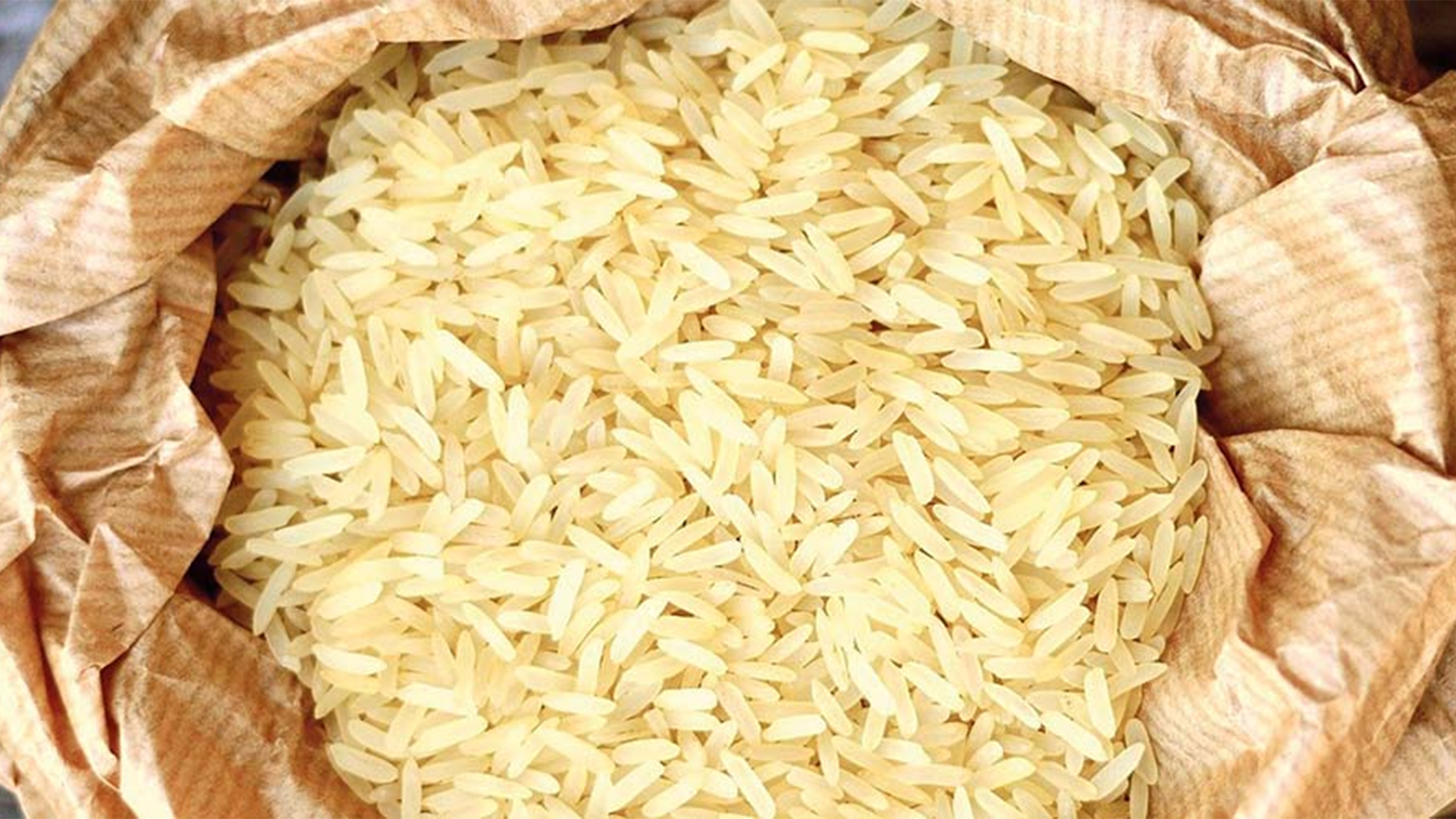
Curriculum-centred and oriented towards educational standards
Matching
Podcasting
Today, the use of new media has become a matter of course not only in everyday life – schools and teaching, too, benefit from the new technologies and methods, which support active and independent learning. Especially in computer science, ethics and language courses but also in all other subjects, modern media are a valuable pedagogic and didactic asset. This DVD uses the example of podcasts to demonstrate how the possibilities opened up by new media can be applied in the classroom and how the pupils can be taught to handle them in a competent and target-oriented manner. The film is aimed at supporting the use of podcasts at school and encourages making them. This also requires the ability to find information on the Internet and assess it. The film informs on the functionality of podcasts and technical background as well as on the teaching and learning possibilities offered by podcasts – ranging from specific contents to superordinate learning targets such as the advancement of creativity and team spirit. The DVD is a useful support for teachers applying new media and wishing to show their pupils how to handle Running Time: 20:29 ms them in a sensible way.
Inclusion
Madita is eleven and blind. She does not want to go to a special school but to a regular grammar school. She says she feels "normal" there. Jonathan is eight and has a walking disability. He likes going to the school where he lives. Here, his best friend sits next to him. Max Dimpflmeier, a teacher who is severely deaf, explains that school life is not easy. Quote Max Dimpflmeier: "You don't want to attract attention, you want to avoid saying that it is necessary for you that 70 people adjust to your situation." People on their way to inclusion.




